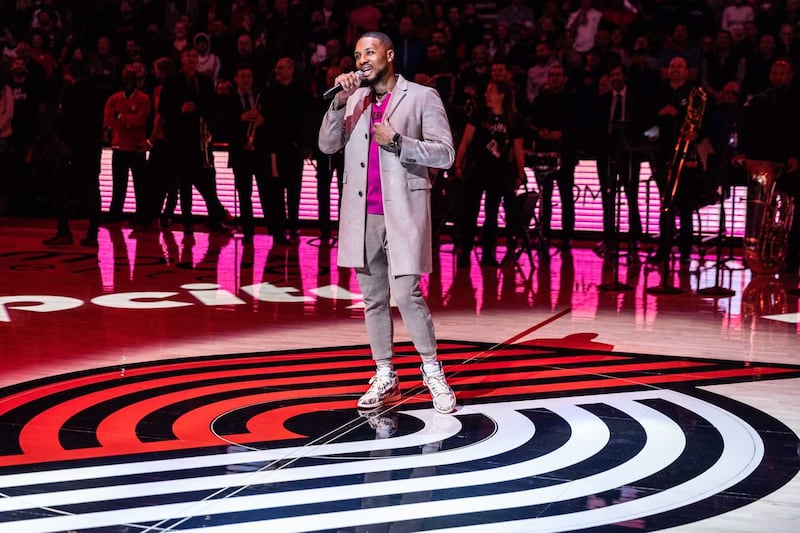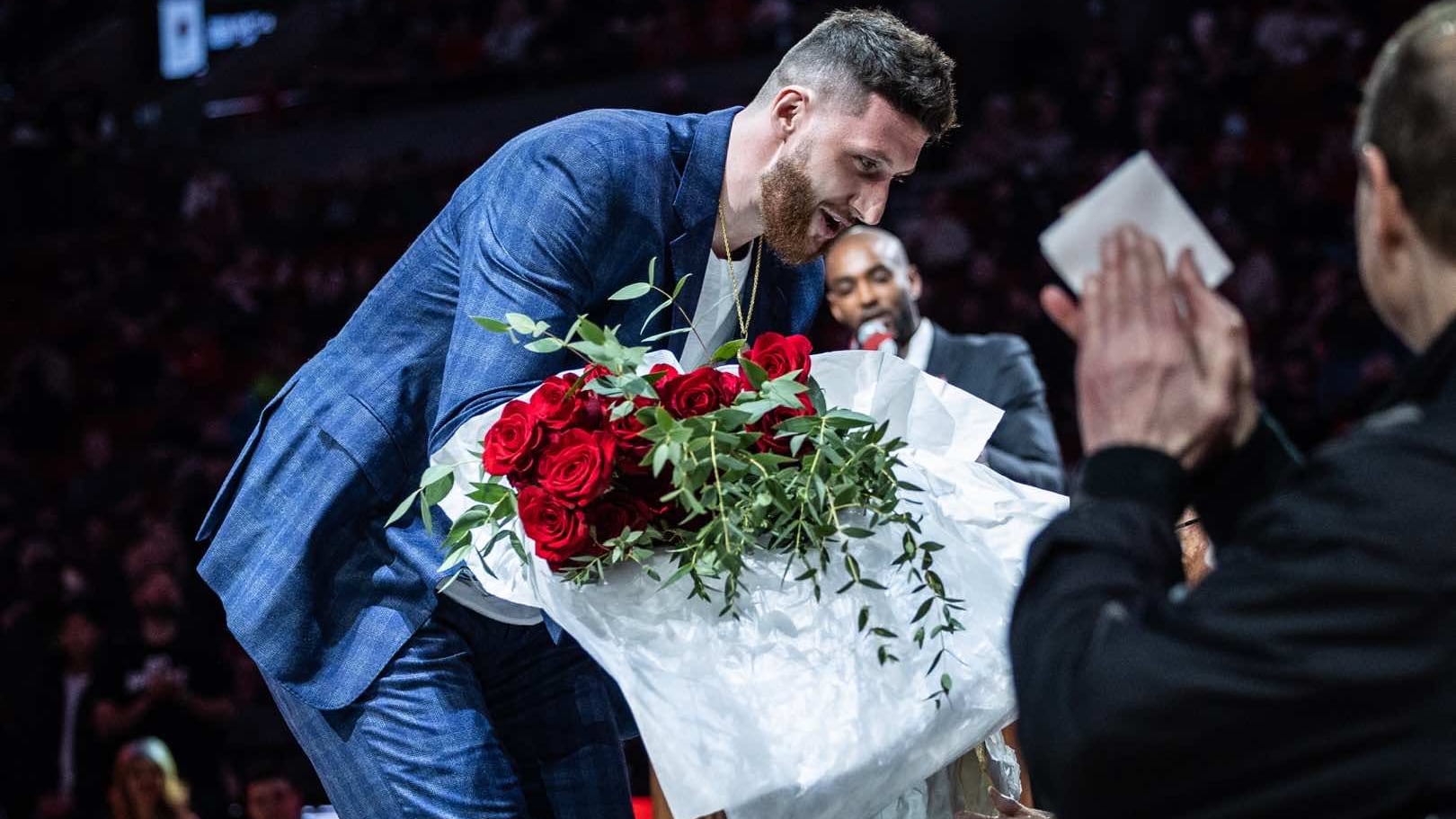Cheering for the Trail Blazers is an emotional roller coaster. After so many years of bad luck it can be hard to see when the team might be on an upswing. Let’s do a little sports therapy to help accept that, for now, the Blazers news is good.
All I want from the Portland Trail Blazers is hope.
Facts: It’s hard to find hope in the headlines right now. Fires threaten to engulf our forests, the City Council has proven woefully inept at managing an ongoing housing crisis, the governor’s race is devolving into farce, we’ve all been drawn into innumerable COVID “debates.” The News is Bad.
So, yeah, in these trying times (tm) it would be nice to have a basketball team that can provide a semblance of hope. The NBA may be 21st century bread and circuses, but there’s real psychic value in the cultural unity the Blazers offer. We need to feel good about something in the news to stay sane.
The Blazers have provided that for the better part of a decade, with nine consecutive playoff appearances. They’ve also served up a lot of disappointment. Since 2015, the team has meandered aimlessly—bursts of competence have been dashed by names like Mario Hezonja or Hassan Whiteside. At the center of the storm sat former general manager Neil Olshey, handing out MLEs to guys like Derrick Jones Jr. and refusing to consider trades for All-Star players if it meant sacrificing CJ McCollum.
Under Olshey’s stewardship, it was never clear if the Blazers actually improved from one year to the next. Worse, at times it felt like Olshey didn’t even believe the Blazers were capable of anything better, bemoaning the difficulty of working in a “small market.”
Despite Damian Lillard’s heroics, the Blazers were utterly directionless, and eventually even the ever loyal Portland fans started to give up.
Now for the good news: The winds of change are finally blowing into the Rose Garden.
General manager Joe Cronin, Olshey’s replacement, made a splash this offseason, picking up veterans Jerami Grant and Gary Payton II and drafting blue-chip rookie Shaedon Sharpe. The Blazers went into the offseason with maybe five legitimate impact players on the roster. They needed to add talent. Badly. And Cronin did that.
Some fans are likely upset that the 2022-23 Blazers don’t look like title contenders. About two-thirds of the roster plays guard. The bench is still extremely shallow. Sharpe is too young to match Damian Lillard’s win-now timeline. They still need more defensive punch at forward to compensate for the backcourt.
Here is where I tell you that you must learn to accept hope into your heart.
No team can go from tanking its way to 27 wins to contending overnight. Even with a healthy Lillard, it’s going to take a couple years to retool the roster after this year’s trade deadline overhaul. The important thing here is that Cronin actually made use of virtually every means he could (literally all: He drafted, signed and traded for new players) to improve the team.
The Blazers definitively have a better roster now than they did on the last day of the regular season. We haven’t been able to say that since 2013(!).

Cronin made shrewd decisions across the board. He actually used the MLE, absorbed Grant into a massive trade exception, and re-signed Anfernee Simons and Jusuf Nurkic to solid deals. The Blazers have spent nearly all the money they can up to the hard cap and don’t have any overpaid albatross contracts to unload.
You should acknowledge that this is a goddamn miracle.
And the cherry on the sundae? Lillard signed a two year, $122 million extension. His contract won’t expire until 2027. (He does have a player option for the 2026-27 season, though.) To put it candidly, if the team’s star sees that much hope for the future, so should we.
Even Cronin’s perceived failures come off as intentional trade-offs rather than aversion to action. Cronin chose to cut Eric Bledsoe rather than use his $19 million expiring contract as a trade chip. But the fiscal reality is that the Blazers are only a few million shy of the $157 million hard cap that activated when they used the MLE to sign Payton. It would have been almost impossible to sign Payton, trade for Grant, and turn Bledsoe’s contract into another player. Cronin managed to add two impact players without giving up much. That’s a win, even if Bledsoe became an ancillary sacrifice.
In short, Bledsoe was waived because Cronin chose to find improvement elsewhere. Not because he failed to act.
The sheer breadth of activity signifies a boldness that has been sorely lacking for years. And will be needed in the years to come. The Blazers face an uphill climb from here—they won’t have a first-round draft pick, and their payroll is going to balloon well into the luxury tax when they presumably re-sign Grant next summer.
But those now feel like surmountable obstacles rather than harbingers of basketball doom. Cronin, so far, seems willing to make big trades and savvy enough to avoid Whiteside-esque potholes. Lillard’s extension provides tangible evidence that the team’s superstar is on board with how the roster is shaping up too.
The Blazers certainly won’t be champions this year, but they have shown they’re competent and are willing to use every tool at their disposal to improve the roster. That’s progress. That’s hope.
